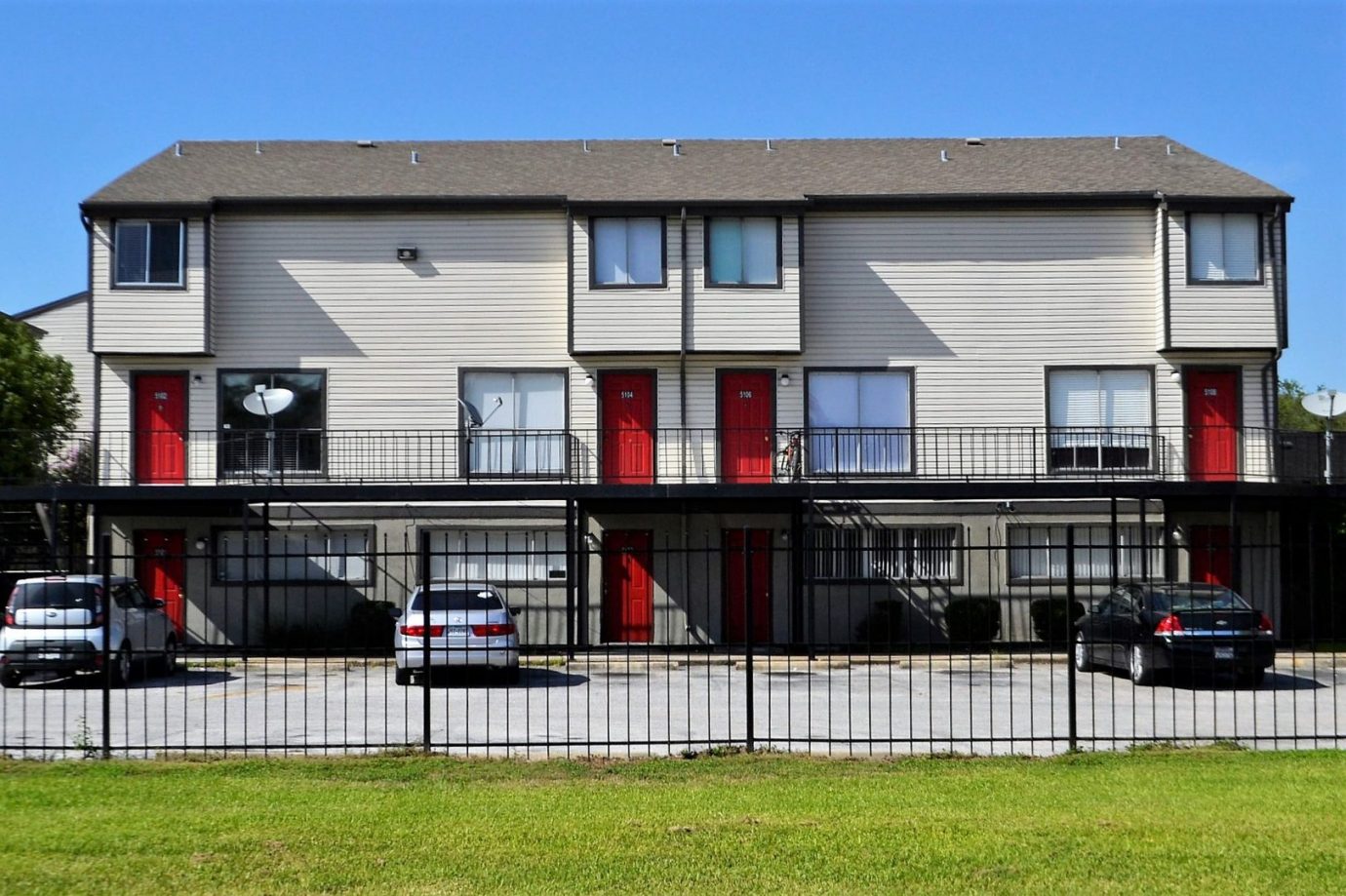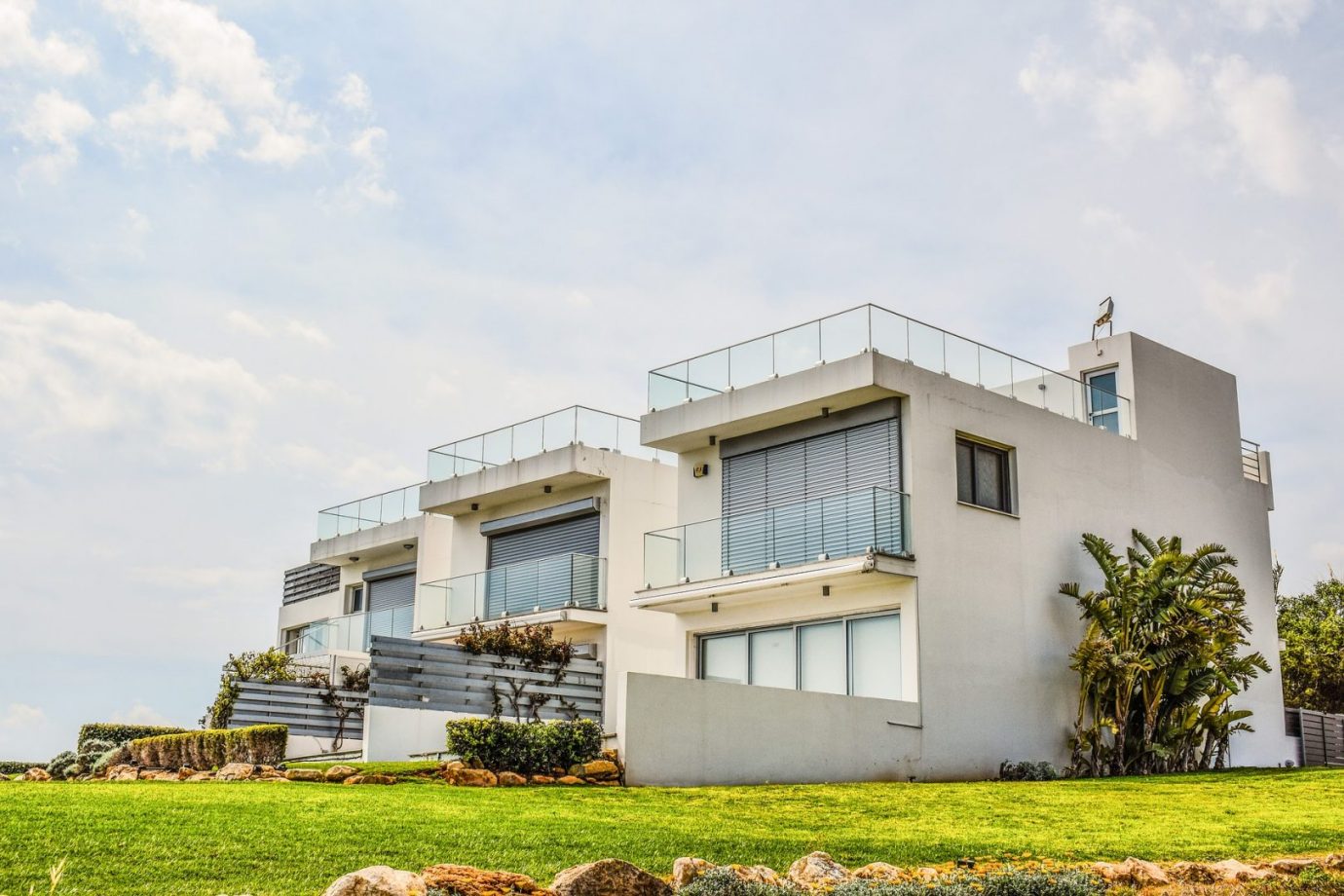Becoming a property developer has always had a bit of extra kudos to it. You need a fair amount of capital, a solid grasp of the housing market and you need to know your way around a damp proof course. Back in the early noughties, property TV shows were all the rage inspiring many a would-be amateur property developer to have a go flipping a flat or two. Many were successful and went on to shift careers, whereas for others it was a fleeting affair. Fast forward fifteen years or so and the property market has suffered a turbulent time with the market going through dips and not providing that cast iron guarantee on an investment. Still, the idea of working for yourself, being the master of your own destiny and building a property empire is one of the most alluring careers to aspire to. So is it still worth it? While the property market is a little more volatile than a few years a go, if you fancy taking the plunge and working in property development, the bubble is still well and truly intact. Take a look at the steps you need to take to become a property developer.
Plan, Plan And Plan Again
As with any new startup, you need to ensure that you have a sound business plan. You should detail all of your financial forecastings for at least the first two years and try to mitigate any fluctuations in the property market. You should have three clear objectives and detail how you will meet them to set criteria. This will depend very much on the property portfolio you wish to develop.
What Sort Of Portfolio?
As a property developer, you need to choose whether to go down the
route or the buy to let route. With the flipping pathway, you will be purchasing properties that require some sort of modernisation whether this is cosmetic or more in-depth and structural. You will then complete the scheme of works within a very short period and relist the property for sale, with the aim of making a substantial profit. If you are after a more long-term investment as you create your property empire, you may want to look into a
portfolio. The aim is to keep hold of a series of properties and let them out over a long period to a range of tenants. It still pays to purchase the worst property on the best street and carry out a scheme of works before presenting your renovated property to the market.

What Sort Of Property?
When it comes to the sort of housing stock that you want to invest in, you have a vast array of options. You may wish to venture into the world of
and market either your buy-to-lets or flipped properties to the young professionals market. If you select a location in the centre of town with excellent transport links, you’ll be in the prime position to let or sell your property quickly. You may, instead, have more grand plans. If you head to property auctions, there are often larger houses in states of disrepair that are unable to find buyers using estate agents and traditional means. If you can pick one of these sorts of properties up at a reasonable price, you could choose to renovate by creating a large family home once again or by converting the property into flats, which could be more lucrative. Thinking outside the box even further could see you purchasing land on which to build your own properties. Working in conjunction with an architect, tradespeople and a project manager, you could design housing from ground zero and be part of the building process from the very beginning. Although a totally different way of property developing, you could soon make a name for yourself as a
company and be headhunted by public sector bodies to build much-needed housing stock all over the country.
The Development
It’s vital that you don’t become too personally attached to your properties. After all, they are your investments and your livelihood. You should not be thinking of them as homes but as business transactions and commodities. When it comes to furnishing your newly renovated three-bed townhouse ready to present to the open market, don’t select a black gloss kitchen and unique pink bathroom suite just because they suit your tastes. The chances are that they will be too niche. You’re much better playing it safe and appealing to the widest possible range of buyers by using a neutral palette when decorating and opting for white bathroom suites. The avocado hue for a bathtub has not been on trend since the 1970s.

Keep Abreast Of Industry Developments
While not even the most expert developers have a crystal ball when trying to determine the buoyancy of a future property market, you can begin to get a feel for the industry as you become more experienced. Think about how quickly you can sell your properties or find tenants. When things become a little sluggish, this could be a sign that the market is slowing down. On the one hand, a slower market could mean a buyer’s pick and good deals to be had as people are eager to sell. Alternatively, you could find yourself becoming one of those needy sellers in order to maintain your much-needed
. You might need to change strategies and let out those houses that you aren’t managing to sell quickly. Any money from an asset is better than no money if it is languishing on the later pages of Rightmove. Becoming a property developer is exciting, terrifying and incredibly stressful. That said, it’s also one of the most empowering careers to enter into. If you employ an astute development strategy, you can source a good team of tradespeople to work with, and you have the finances to set up your own company, you could find that you’re able to make lucrative returns on your investments in bricks and mortar.